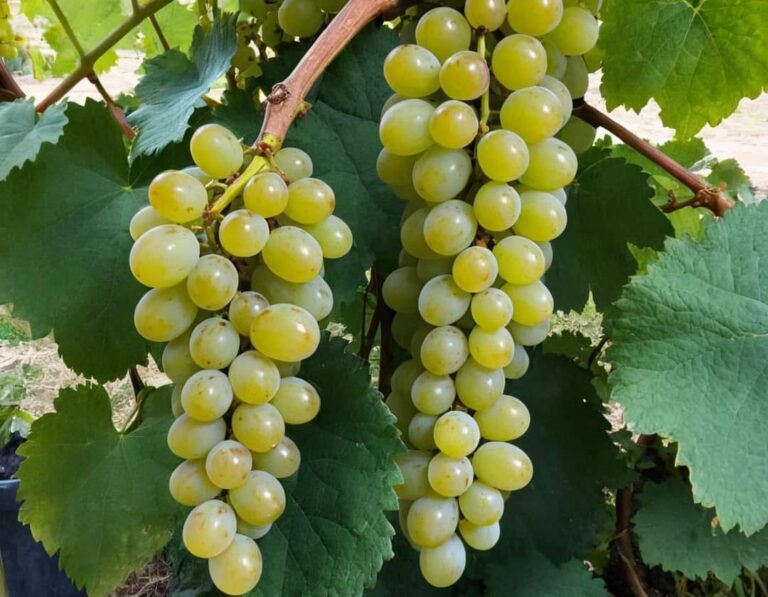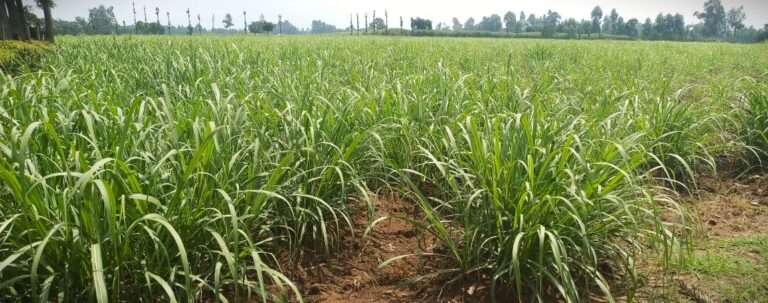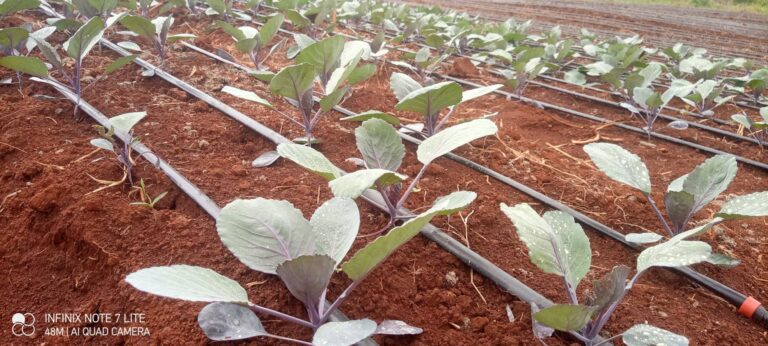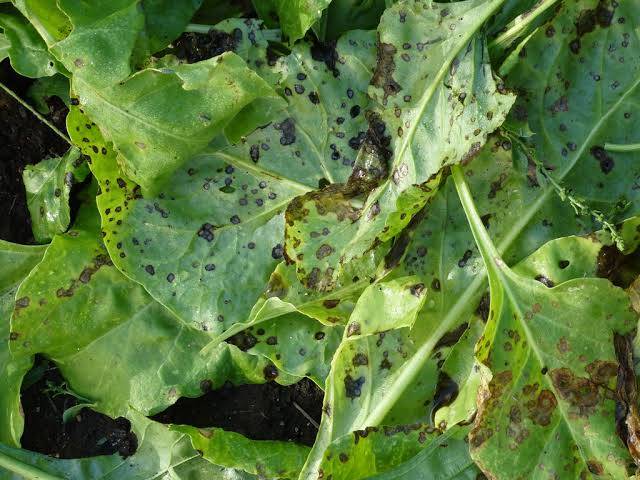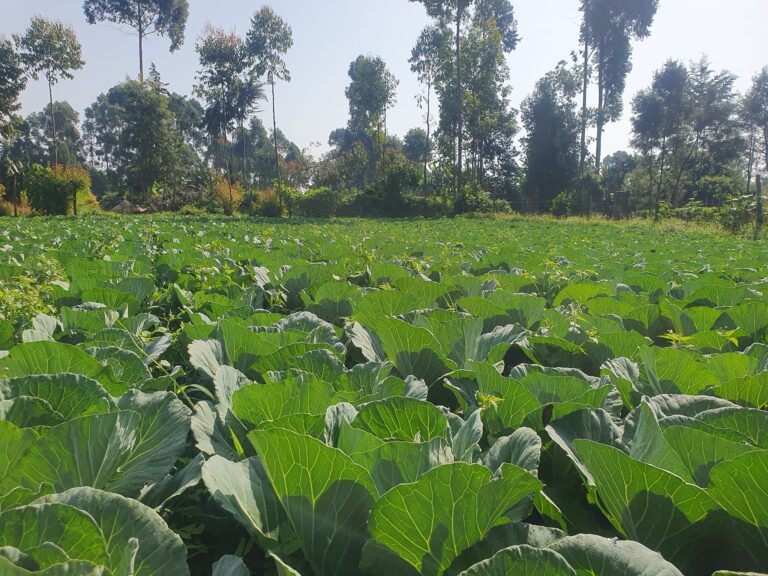Sunflower Farming Profit Per Acre in Kenya
Sunflower farming in Kenya presents a promising opportunity for profitability. Here’s a detailed look at the financial aspects and key considerations to maximize returns:
Yield and Revenue
On average, sunflower farmers in Kenya can expect a yield ranging from 800 to 1,200 kilograms of sunflower seeds per acre. With the current market price around KES 50 per kilogram, gross returns per acre can be between KES 40,000 and KES 60,000.
Calculating Profit Per Acre
- Cost of Production: Establishing a sunflower farm involves various costs including seeds, fertilizers, pesticides, labor, and irrigation. Production costs generally range from KSh 15,000 to KSh 25,000 per acre, depending on factors such as farm size and input quality.
- Revenue from Sales: Sunflower seed prices can fluctuate. Typically, the selling price ranges from KSh 60 to KSh 100 per kilogram. For this calculation, we’ll use an average selling price of KSh 80 per kilogram.
- Gross Revenue: With an average yield of 800 kg per acre and a selling price of KSh 80 per kilogram, the gross revenue would amount to KSh 64,000 per acre (800 kg x KSh 80).
- Net Profit: To determine net profit, subtract production costs from gross revenue. Assuming an average production cost of KSh 20,000 per acre, the net profit would be approximately KSh 44,000 per acre (KSh 64,000 – KSh 20,000).
Key Considerations for Maximizing Profitability
- Market Access: Establishing strong market connections can help secure better prices and mitigate risks associated with price fluctuations. Collaborating with processors or cooperatives can be advantageous.
- Farming Practices: Implementing effective agricultural practices, such as proper pest management, efficient irrigation, and maintaining soil fertility, can significantly boost yields and overall profitability.
- Variety Selection: Choosing high-yielding and disease-resistant sunflower varieties can enhance productivity and minimize losses.
- Post-Harvest Handling: Proper handling and storage of sunflower seeds are crucial to prevent losses due to spoilage or pest damage. Investing in good post-harvest practices can protect your profits.
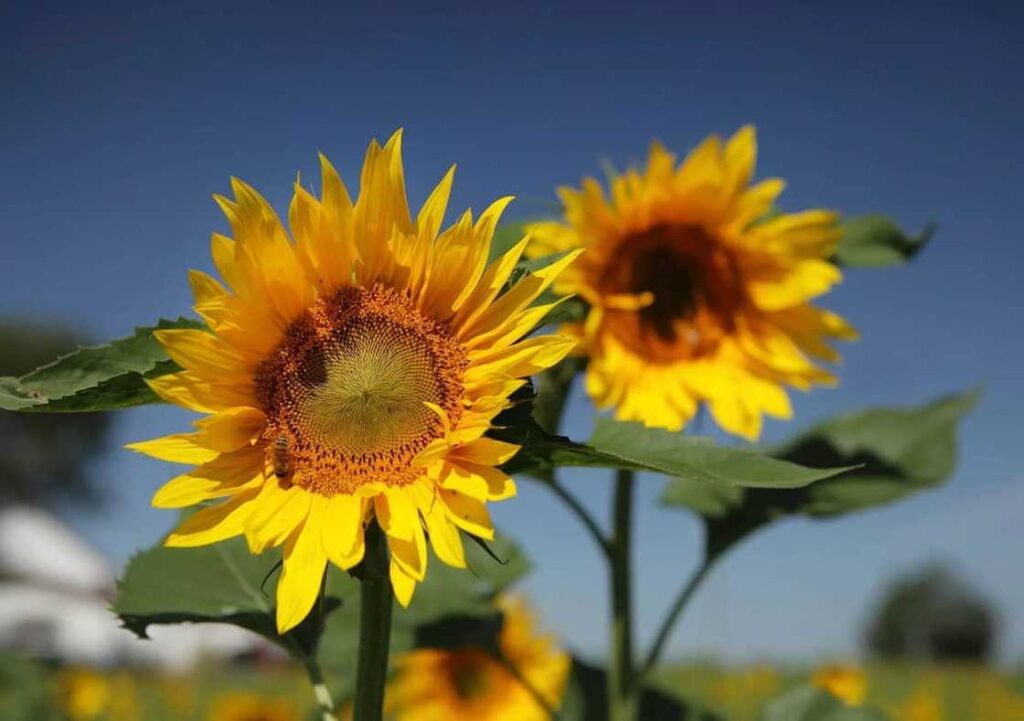
Sunflower Farming in Kenya
Sunflower farming in Kenya has a rich history that dates back to the early 20th century. Initially introduced as an ornamental plant, sunflowers soon gained popularity as a commercial crop due to the high demand for sunflower oil and other by-products.
The growth of sunflower farming has been fueled by favorable climatic conditions, suitable soil types, and government support.
Sunflowers thrive in areas with moderate to high temperatures, typically between 20°C and 25°C. They require well-drained soils with a pH range of 6.0 to 7.5. Regions such as Nakuru, Narok, and parts of the Rift Valley provide ideal conditions for sunflower cultivation.
These regions have the right combination of temperature, rainfall, and soil quality to support healthy sunflower growth.
Profitability of Sunflower Farming Per Acre
When considering sunflower farming, one of the primary concerns for farmers is profitability. Here’s a detailed breakdown of the costs and potential returns associated with sunflower farming per acre:
Initial Investment Required
- Seeds: The cost of sunflower seeds varies depending on the variety and quality. On average, high-quality seeds may cost around Ksh 2,000 per acre.
- Equipment: Basic farming equipment, such as plows and seed drills, will be necessary. The initial investment in equipment can range from Ksh 20,000 to Ksh 50,000.
- Labor: Labor costs for land preparation, planting, and maintenance are an important consideration. This can amount to approximately Ksh 15,000 per acre.
Ongoing Costs
- Fertilizers: To ensure healthy growth, fertilization is necessary. Annual costs for fertilizers can be around Ksh 5,000 per acre.
- Water: Depending on the irrigation method used, water costs can vary. Drip irrigation systems are efficient but may have higher initial costs.
- Pest Control: Managing pests is crucial for a successful harvest. Pest control expenses can range from Ksh 3,000 to Ksh 5,000 per acre.
Market Price for Sunflowers
The market price for sunflowers in Kenya fluctuates based on several factors, including seasonality and demand. On average, sunflowers can fetch a market price of Ksh 40 to Ksh 60 per kilogram. It’s important to stay updated on market trends to maximize profits.
Calculation of Potential Profit Per Acre
Let’s calculate the potential profit per acre by considering the gross revenue and deducting the total expenses:
Example Calculation:
Gross Revenue: If you harvest 1,000 kilograms of sunflowers per acre and sell at an average price of Ksh 50 per kilogram, the gross revenue will be Ksh 50,000.
Total Expenses: Initial investment (Ksh 37,000) + Ongoing costs (Ksh 10,000) = Ksh 47,000.
Net Profit: Gross revenue (Ksh 50,000) – Total expenses (Ksh 47,000) = Ksh 3,000.
Yield Per Acre
The yield per acre is a critical factor in determining the profitability of sunflower farming. On average, sunflower farms in Kenya produce between 800 to 1,200 kilograms per acre. However, several factors can influence the yield:
Factors Affecting Yield
- Seed Variety: High-yielding and disease-resistant seed varieties can significantly boost production.
- Farming Practices: Proper land preparation, timely planting, and efficient pest management are essential for maximizing yield.
- Climate: Adequate rainfall and temperature conditions play a vital role in sunflower growth.
Tips to Maximize Yield
- Irrigation: Implementing an efficient irrigation system helps maintain soil moisture levels, especially during dry spells.
- Pest Management: Regular monitoring and timely application of pesticides can prevent pest infestations and crop damage.
- Soil Fertility: Conduct soil tests to determine nutrient deficiencies and apply the necessary fertilizers accordingly.
Success stories from high-yield farms often highlight the importance of adopting modern agricultural practices and staying updated with the latest farming technologies.
Best Practices for Maximizing Profit and Yield
To achieve maximum profitability and yield, sunflower farmers should follow these best practices:
Selection of High-Quality Seeds and Hybrid Varieties
Choosing the right seed variety is crucial. High-quality seeds and hybrid varieties are more resistant to diseases and pests, and they often produce higher yields.
Effective Land Preparation Techniques
Proper land preparation involves plowing, harrowing, and leveling the soil. This ensures good seed-to-soil contact and promotes healthy root development.
Optimal Planting Strategies
Planting density and timing are key factors in sunflower farming. Ensure a spacing of 30 to 45 centimeters between plants and 70 to 90 centimeters between rows. Planting at the onset of the rainy season can enhance germination and growth.
Maintenance Routines
Regular maintenance activities such as weeding and pruning are essential to prevent competition for nutrients and sunlight. Use herbicides judiciously to control weeds without harming the sunflower plants.
Harvesting Methods
Harvesting sunflowers at the right time is crucial to ensure quality produce. Harvest when the back of the sunflower head turns yellow and the seeds are firm. Use mechanical harvesters for large-scale farms to save time and labor.
Challenges and Solutions
Sunflower farming in Kenya is not without its challenges. Here are some common issues faced by farmers and practical solutions to address them:
Common Challenges
- Pests and Diseases: Sunflowers are susceptible to pests such as aphids, cutworms, and birds, as well as diseases like downy mildew and rust.
- Weather Conditions: Unpredictable weather patterns, including droughts and excessive rainfall, can affect sunflower growth and yield.
Practical Solutions
- Pest Management: Implement integrated pest management (IPM) practices, including crop rotation, biological control, and the use of pesticides when necessary.
- Weather Mitigation: Use drought-resistant seed varieties and employ irrigation techniques to maintain soil moisture during dry periods.

